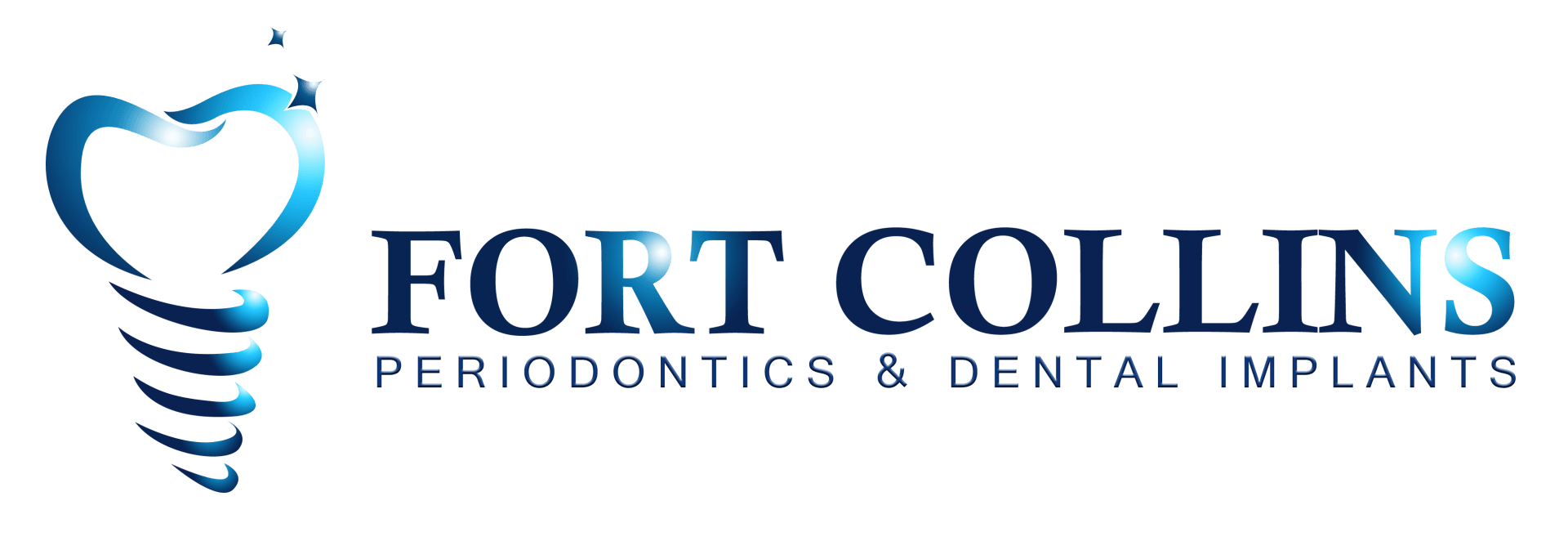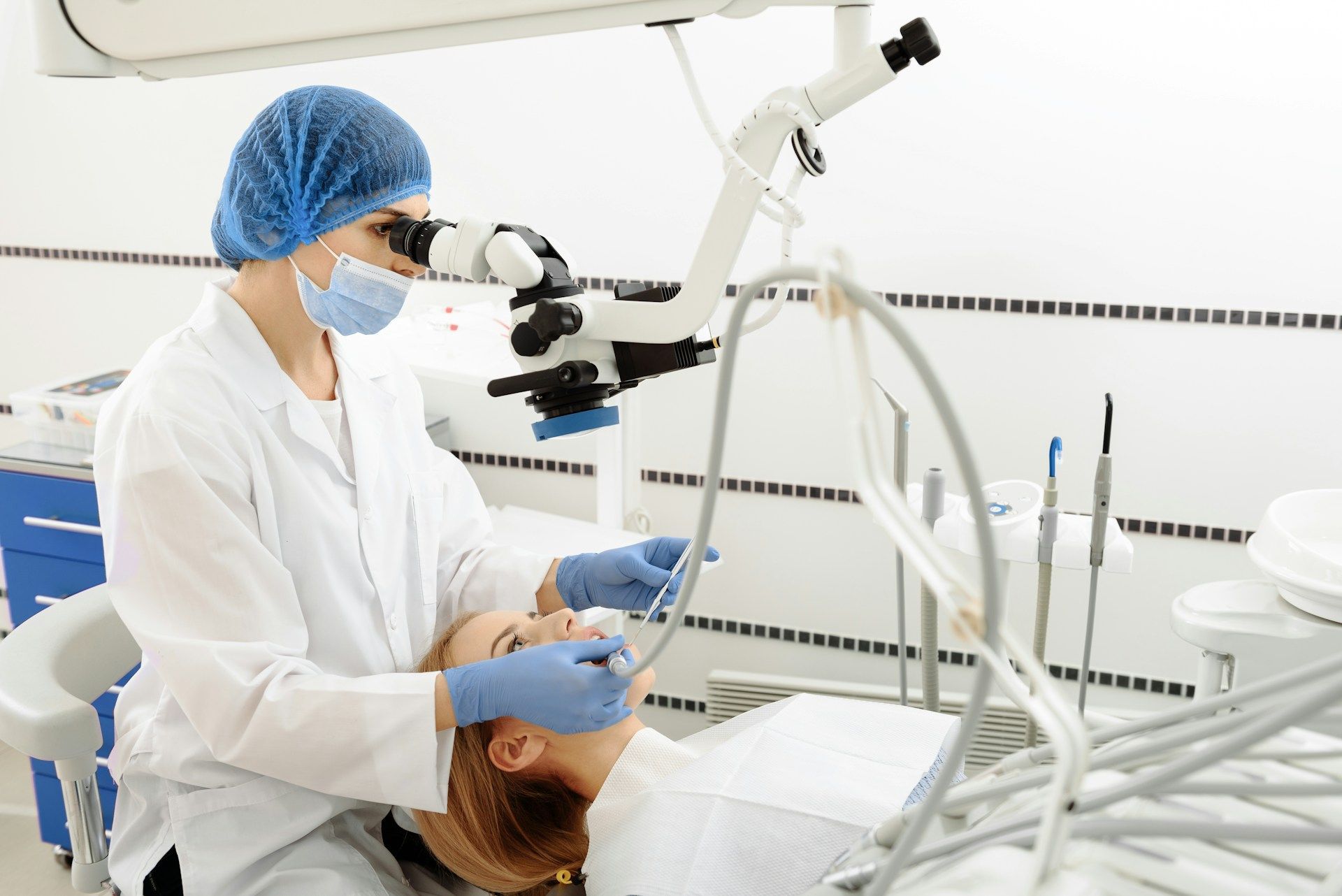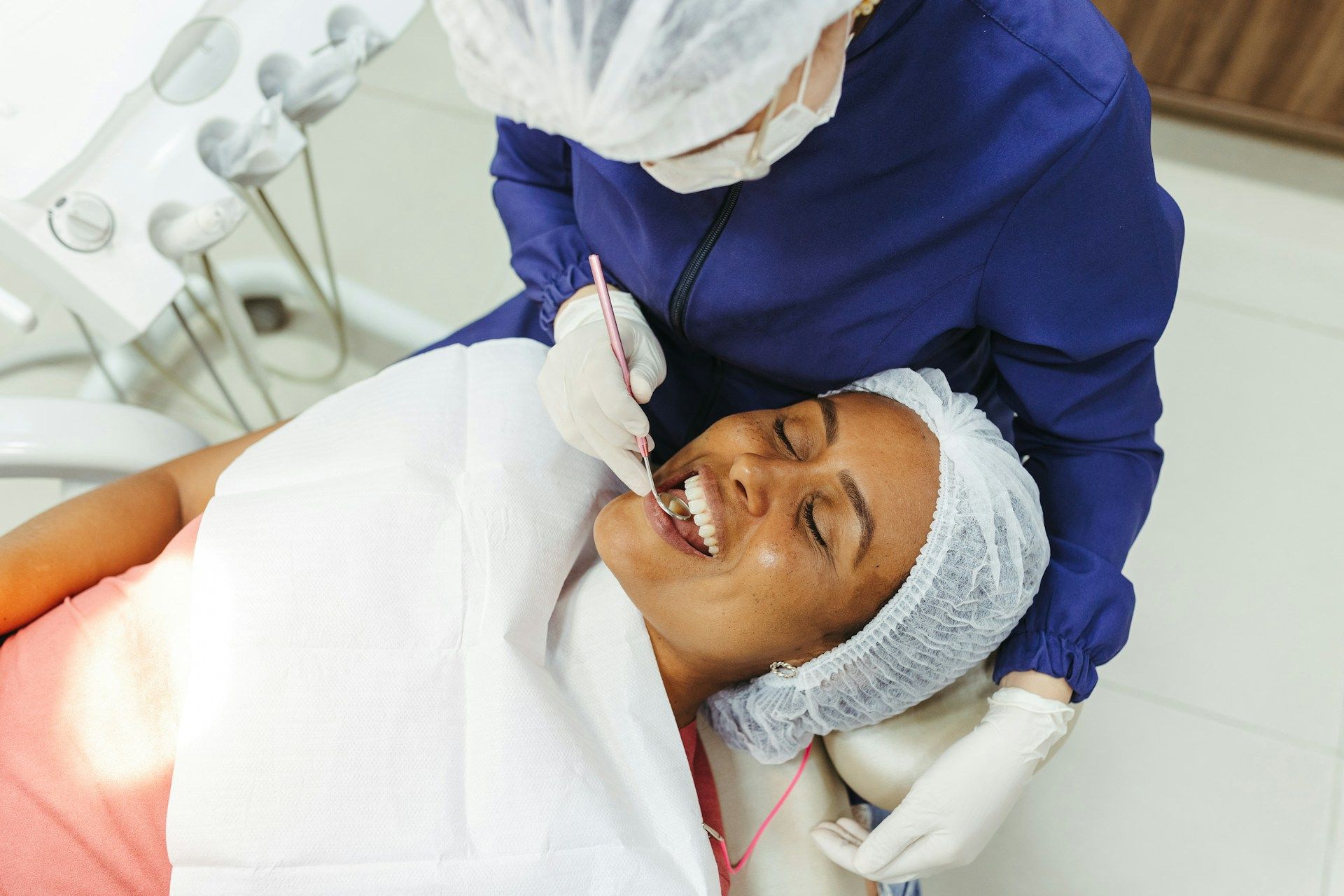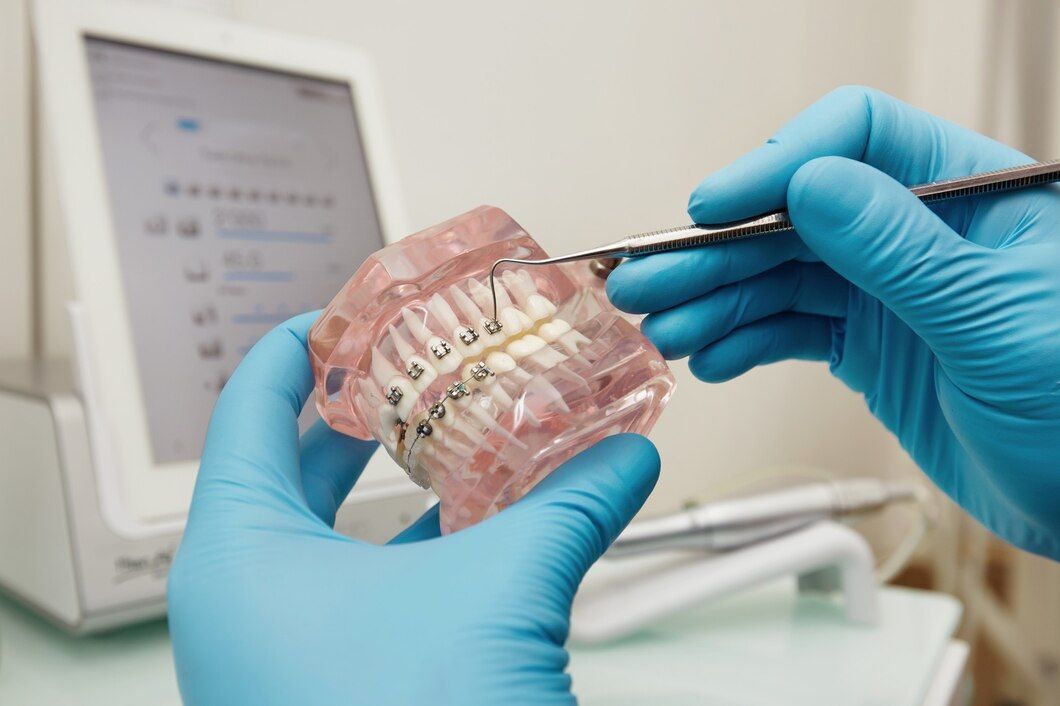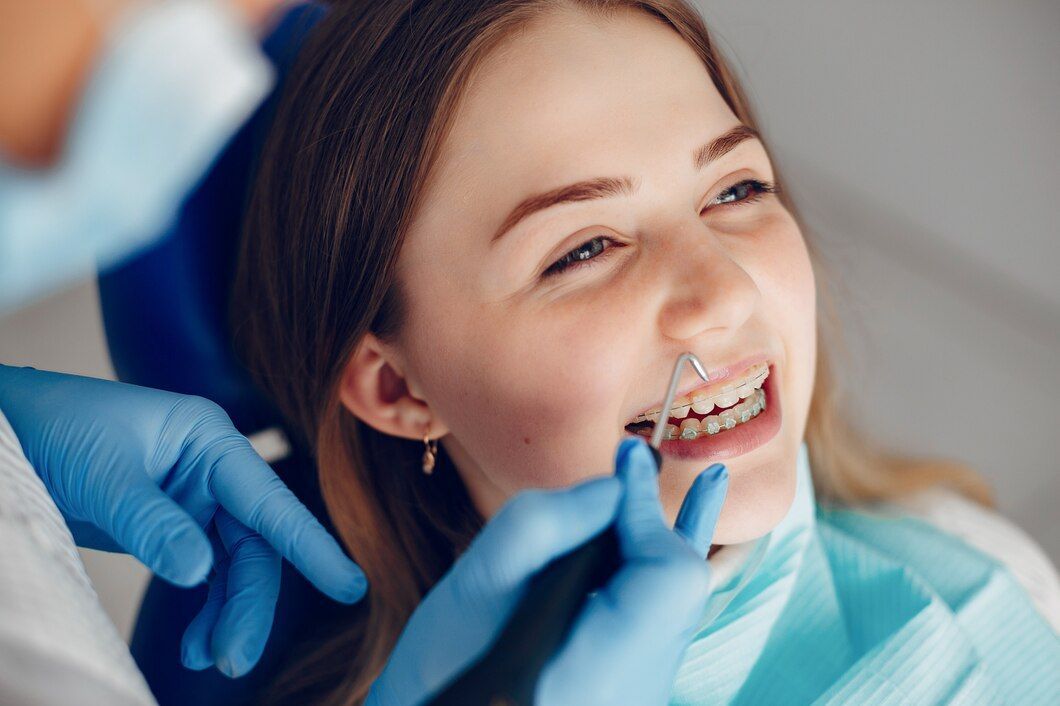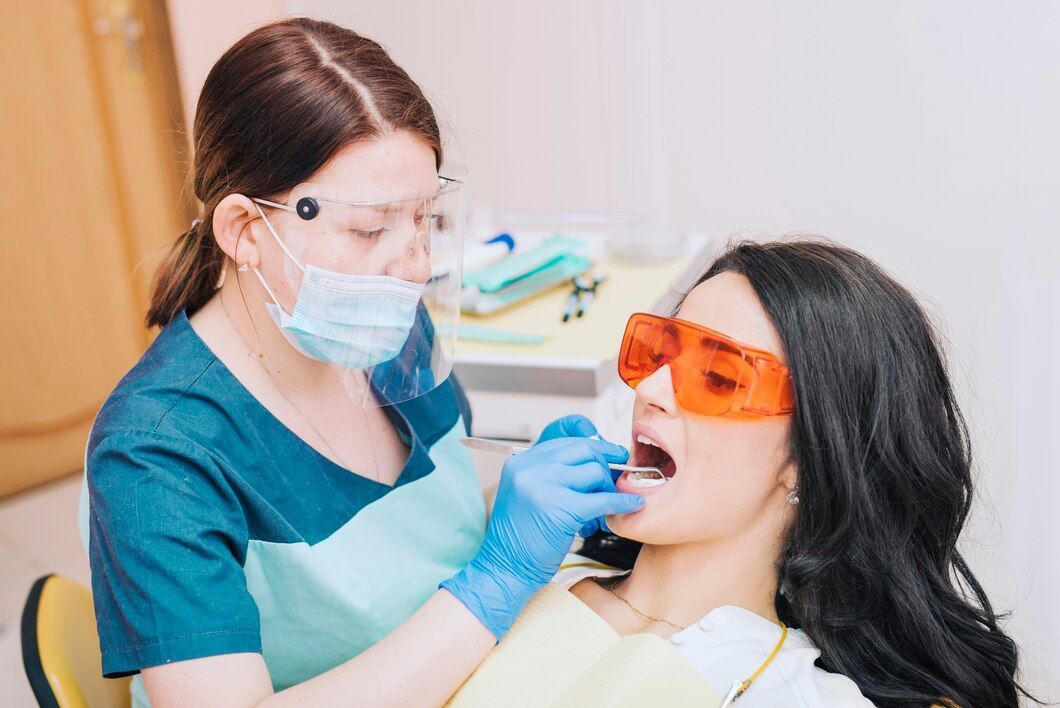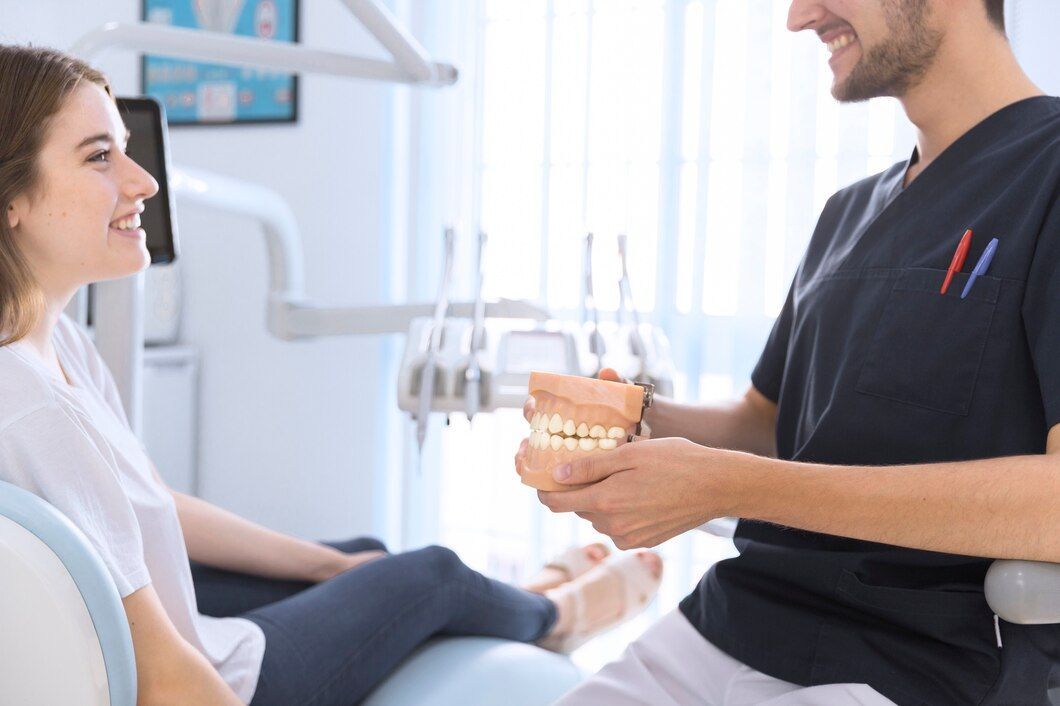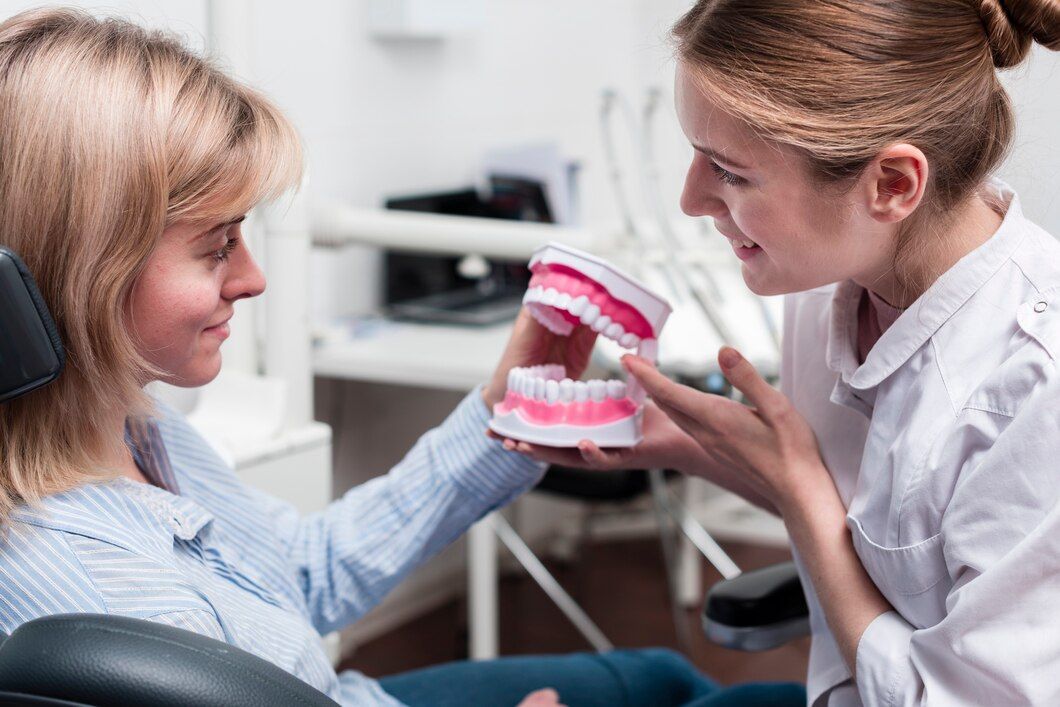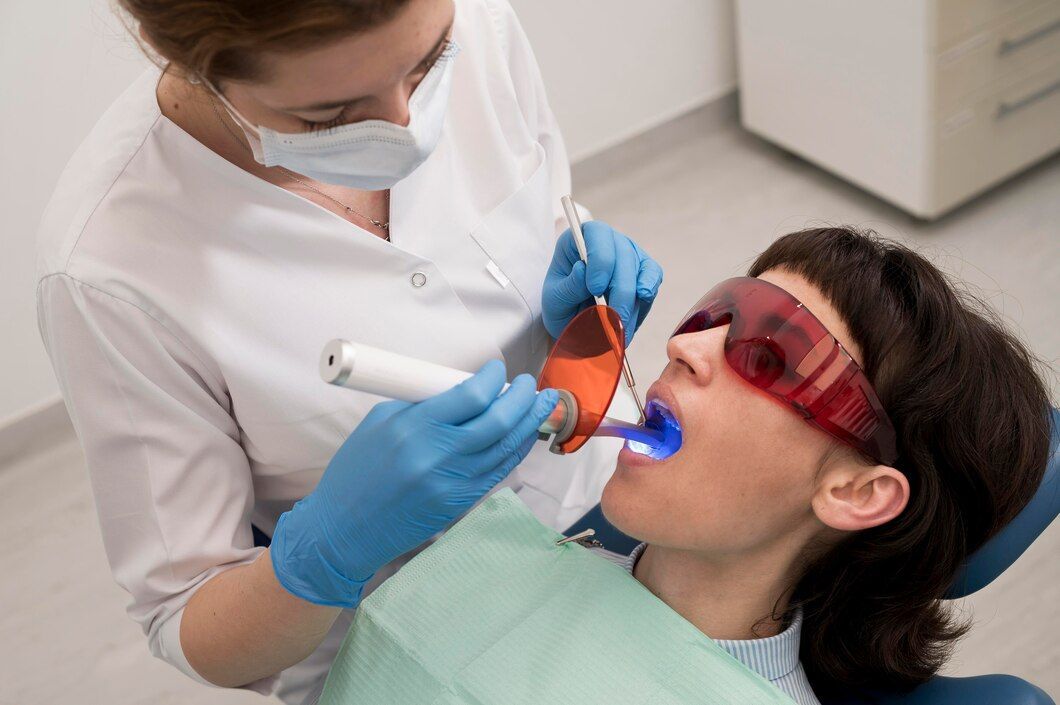Guided Bone and Tissue Regeneration: Restoring Oral Health and Implant Success
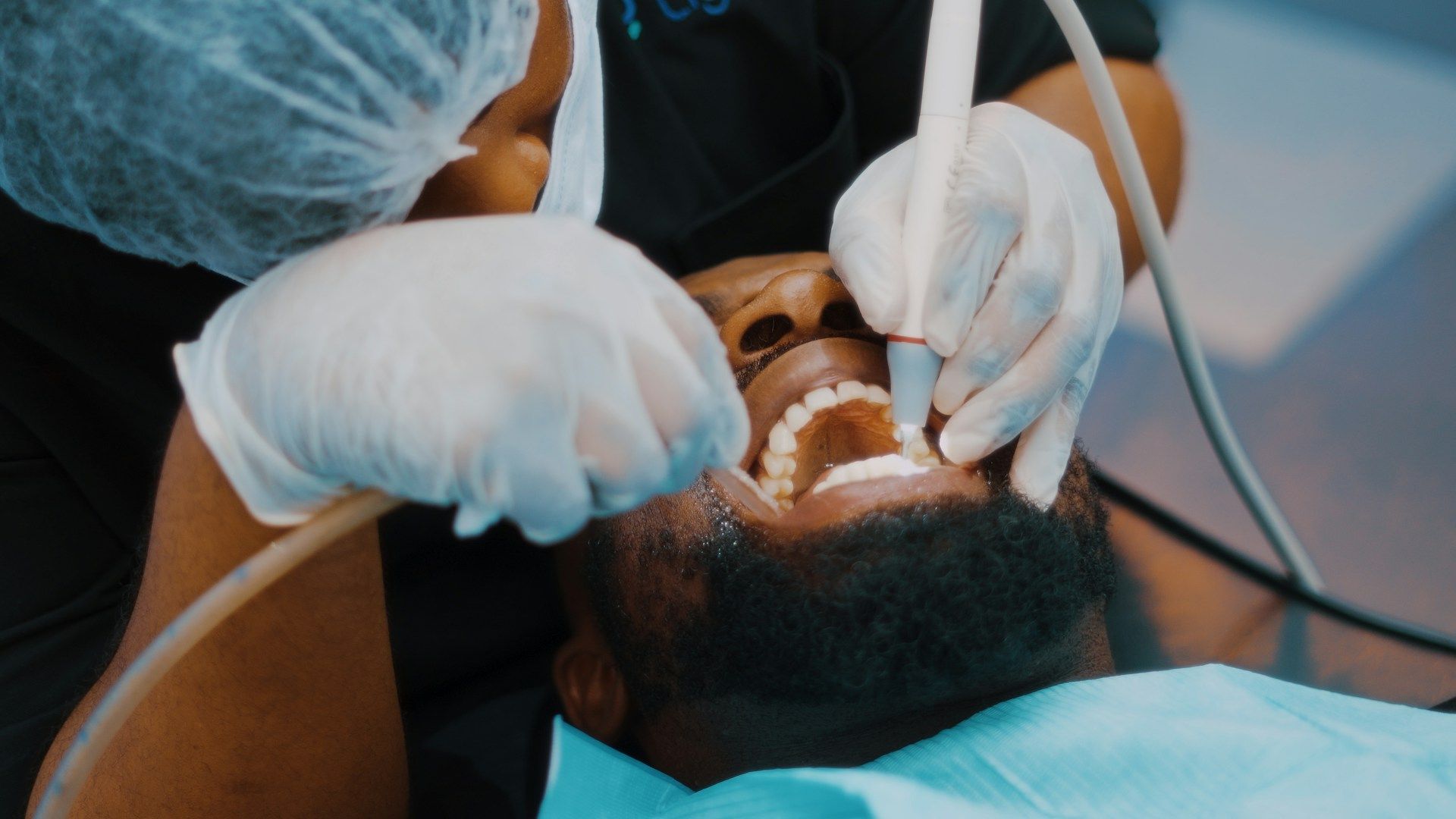
Dental implants have revolutionized the way we replace missing teeth, providing a permanent, natural-looking, and functional solution. However, not all patients have adequate bone and gum tissue to support a successful implant procedure. At Fort Collins Periodontics and Dental Implants, Dr. Livingston specializes in advanced periodontal care, including guided bone and tissue regeneration, to help patients overcome these challenges and restore their beautiful, healthy smiles.
Guided bone and tissue regeneration (GBR and GTR) are cutting-edge periodontal techniques designed to stimulate the growth of new bone or gum tissue in areas where it has been lost or damaged due to periodontal disease, trauma, or previous extractions. These groundbreaking procedures can play a crucial role in ensuring the success of dental implant treatments by creating a strong, stable foundation for the implants to integrate.
In this in-depth article, we will discuss the science behind guided bone and tissue regeneration, explore the various techniques and materials used, and delve into the benefits of these innovative procedures for your oral health and overall well-being. With Dr. Livingston's skill and experience, you can be confident that your guided bone and tissue regeneration treatment will be tailored to your unique needs, maximizing your chances of a successful dental implant procedure.
The Science Behind Guided Bone and Tissue Regeneration
Guided bone and tissue regeneration are based on the principles of regenerative medicine, which leverages the body's natural ability to heal and regenerate. Both GBR and GTR involve the use of barrier membranes strategically placed in the areas of bone or gum tissue deficiency. These membranes act as a scaffold to support the growth of new bone or gum tissue while preventing the surrounding faster-growing soft tissues from interfering with the regeneration process.
In some cases, Dr. Livingston may also incorporate bone graft materials to act as a framework and further promote the growth of new bone. The ultimate goal of these procedures is to create the ideal environment for healing, allowing your body to fully regenerate lost or damaged bone and gum tissue.
Techniques and Materials Used in Guided Bone and Tissue Regeneration
The specific techniques and materials used in GBR and GTR procedures can vary depending on individual needs and the complexity of the case. Dr. Livingston will carefully assess your situation and develop a personalized treatment plan to optimize regeneration and implant success.
1. Barrier Membranes:
The core component of both GBR and GTR is the use of barrier membranes. These non-toxic, biocompatible materials can be resorbable or non-resorbable, with resorbable membranes eventually dissolving during the healing process, eliminating the need for removal. Non-resorbable membranes, on the other hand, will need to be surgically removed once regeneration is complete.
2. Bone Graft Materials:
For GBR, bone graft materials may be utilized to enhance bone regeneration. Bone grafts can be obtained from several sources, including the patient's own body, a donor, or synthetic materials. The chosen graft material, combined with the barrier membrane, will work synergistically to stimulate the growth of new bone precisely where it's needed.
3. Growth Factors: In some cases, Dr. Livingston may also recommend the use of growth factors in conjunction with GBR or GTR procedures. These biologically active proteins can help accelerate and improve the regeneration process by stimulating specific cellular activities.
Benefits of Guided Bone and Tissue Regeneration
Guided bone and tissue regeneration offer a wide range of benefits to patients looking to improve their oral health and ensure a successful dental implant procedure:
1. Improved Dental Implant Success:
Adequate bone and gum tissue are essential for dental implant stability and long-term success. GBR and GTR can help create the ideal foundation, increasing the likelihood of a positive implant outcome.
2. Preservation of Jawbone Structure: Lost or damaged bone can lead to a weakened jawbone and compromise the structural integrity of your remaining teeth. GBR helps restore the strength and stability of your jawbone, protecting your overall oral health.
3. Enhanced Aesthetics:
GBR and GTR can also improve the appearance of your smile by rebuilding lost tissue and creating a more balanced, natural-looking gumline.
4. Prevention of Further Bone Loss: Actively addressing areas of bone loss through GBR can help prevent future deterioration, preserving your oral health.
Recovery and Aftercare Following GBR and GTR Procedures
Following a guided bone and tissue regeneration procedure, Dr. Livingston will provide specific aftercare instructions to ensure a smooth recovery and encourage the best possible results:
1. Take Prescribed Medications: It's essential to follow your prescribed medication regimen, including antibiotics and pain relievers, as directed by Dr. Livingston.
2. Practice Gentle Oral Hygiene: Maintain good oral hygiene practices, brushing and flossing gently to avoid damaging the treatment area.
3. Avoid Smoking and Alcohol:
Both smoking and alcohol consumption can impede the healing process, and it's crucial to refrain from these activities during your recovery period.
4. Attend Follow-up Appointments: Dr. Livingston will monitor your healing progress through scheduled follow-up appointments, ensuring the success of the regeneration process and addressing any complications if they arise.
Entrust Your Guided Bone and Tissue Regeneration Needs to Experts
Don't let insufficient bone or gum tissue stand in the way of achieving the healthy, beautiful smile you deserve. With Dr. Livingston's expertise and personalized approach, guided bone and tissue regeneration can provide the foundation you need for successful dental implant therapy.
Contact Dr. Livingston, the best
Fort Collins periodontist today, and discover how our comprehensive periodontal care, including guided bone and tissue regeneration, can help transform your smile and restore your confidence.
Working Hours
Tue - Thu: 8:00 am - 5:00 pm
Friday: 8:00 am - 2:00 pm
Sat - Sun: Closed
Monday: Closed
